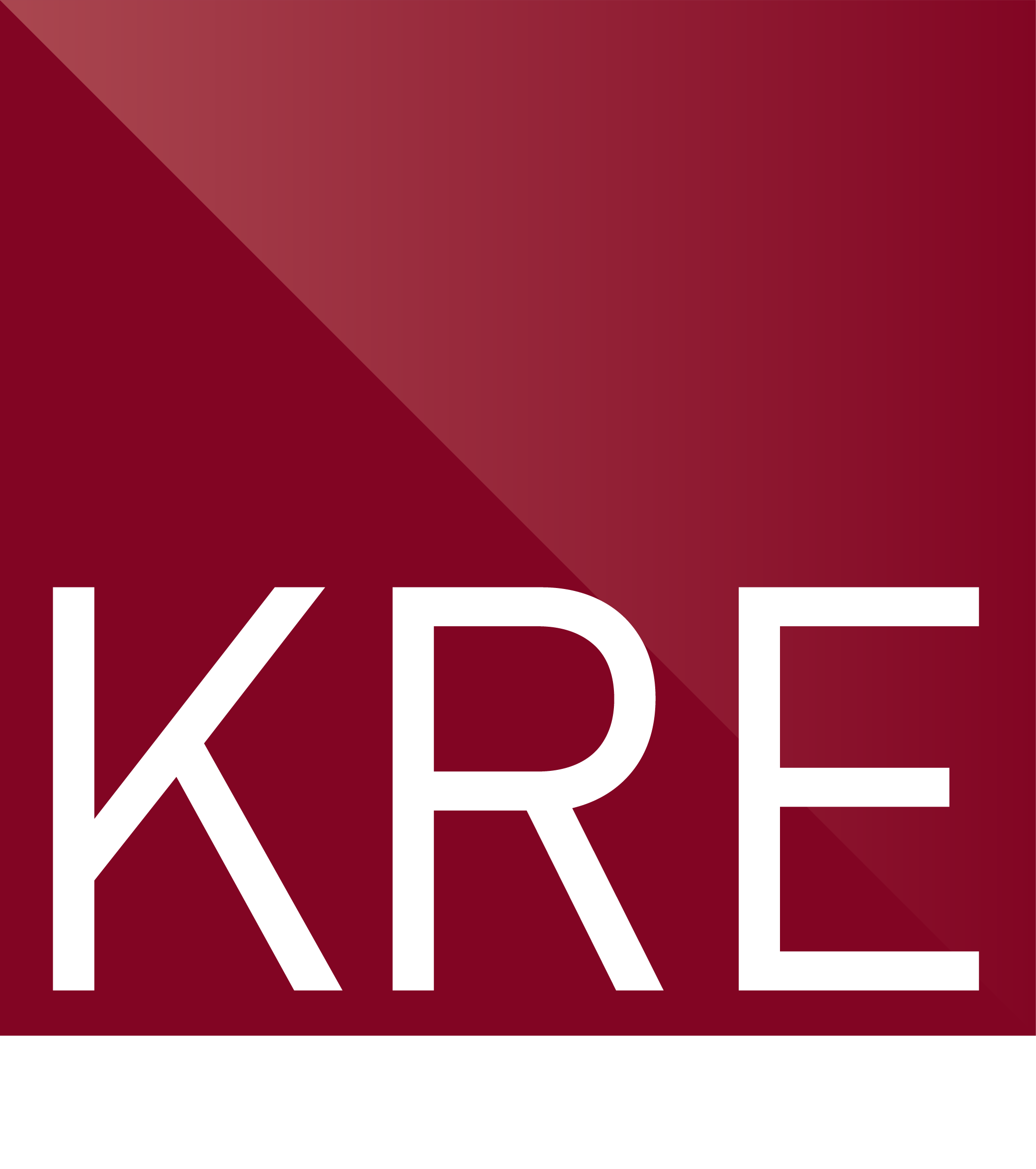WHAT IS THE PRESCRIBED PART IN AN INSOLVENCY?
The corporate provisions of the Enterprise Act 2002 were brought into force on 15 September 2003. From that date the order of priority as to “who gets what” in an insolvency was changed.
Shortly prior to this, case law held that banks could no longer have a fixed charge on book debts (“Brumark”), and therefore the order of priority in an insolvency has radically changed over the past 10 years. This is of particular importance to directors who have given personal guarantees for Bank facilities, in the event of a formal insolvency.
Priority pre 15 September 2003
The order of priority pre 15 September 2003 was generally as follows;
- Secured creditors having a fixed charge on most company assets including property and book debts, ie all proceeds paid to them;
- Preferential creditors ranked first on floating charge assets eg stock, and this included HMRC for arrears of VAT (6 months) and PAYE/NIC (12 months);
- Secured creditors for any residual debts under floating charges; and
- Unsecured creditors such as trade creditors
- Shareholders
Enterprise Act 2002 (“EA 2002”)
The EA 2002 saw the Crown (HMRC) give up their preferential status and become unsecured creditors. The thinking behind this was to give parity between HMRC and trade creditors, and thus hopefully making restructuring of a business easier.
However the government did not want to give all of this benefit to secured creditors (principally the banks). The legislation therefore invented the “Prescribed Part” of money that would have been available to the secured creditor. The law “ringfences” a fund that is used by the Administrator or Liquidator to pay a dividend to the unsecured creditors. The Prescribed Part is calculated as;
50% of the first £10,000 available; and
20% thereafter up to a maximum of £600,000
The example attached illustrates the changes that have happened taking into account the EA 2002.Example


